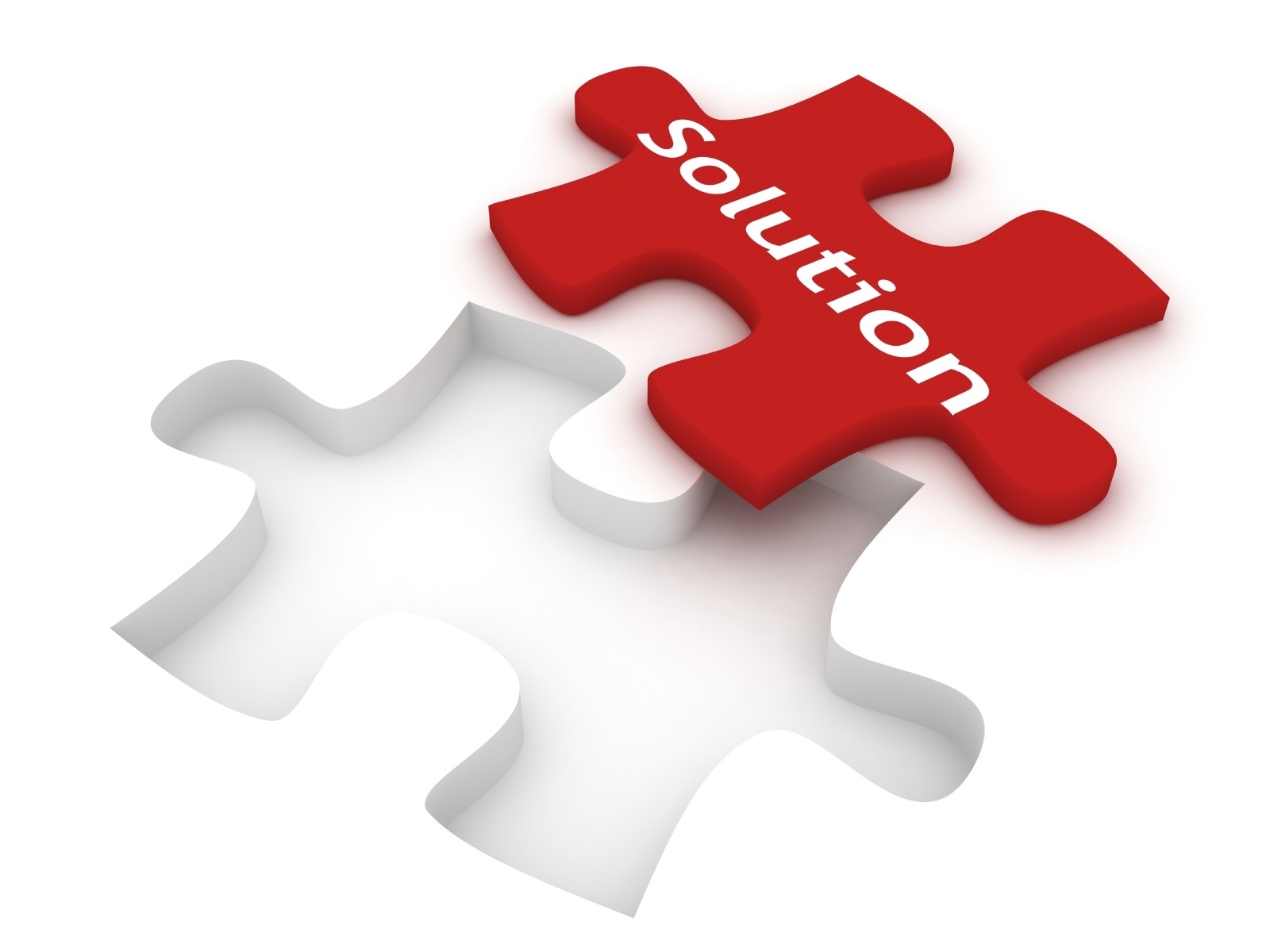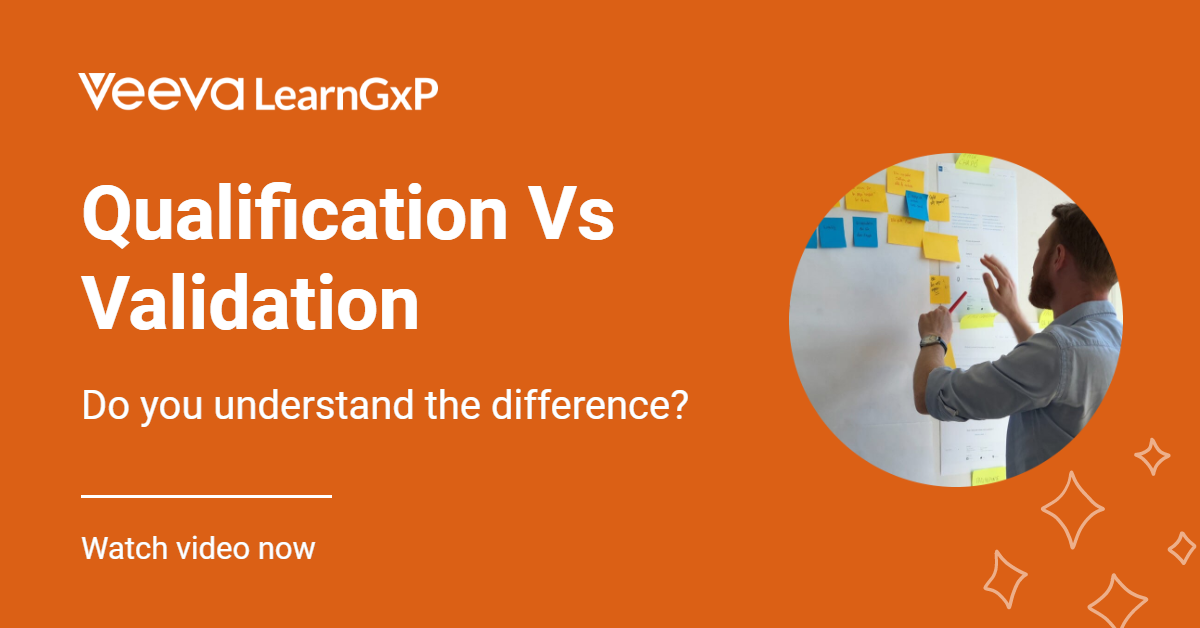There is an expression: “Tell me what you believe, and I will be able to predict how you will act!” Many life science organizations generally accept that computer system validation takes a long time, costs a lot of money, and is difficult to manage effectively. Computer systems validation is generally accepted to contribute 25% to the total project cost.
This leads to widespread reluctance to jettison inflexible legacy systems out of fear of the dreaded “validation cycle.” New healthcare reform, the growing demand for innovation, and the availability of new technology are highlighting the extremely high cost of these limiting beliefs. New system development paradigms like agile software development and risk-based validation are driving computer system validation costs below 4% of the total project cost.
The GAMP V Model (i.e. GAMP stands for Good Automated Manufacturing Practice) was originally defined by the International Society for Pharmaceutical Engineering (ISPE). For the past 20 years, the GAMP model and best practices have been evolving. GAMP is now on version 5, or GAMP-5. Risk-based validation and Lean-Six Sigma concepts are being applied to eliminate waste in validation processes. The results are dramatic. Best practice validation costs are less than 2% with good practice validation costs around 4%.
Paradigm Shifts
One of the key paradigm shifts in GAMP-5 is the emphasis on up-front, cross-functional involvement. This includes business stakeholders, key users, business analysts, system developers, integration experts, computer system validation specialists, and training coordinators. Early involvement and understanding of:
(a) why the system is needed,
(b) what the system must do,
(c) how the system will execute,
(d) where the risks lie and
(e) how the risks will be managed drives overall project execution effectiveness.
Additionally, both system development and validation teams are leveraging supplier expertise. By utilizing best practice templates and supplier validation documentation, redundant testing efforts can be eliminated leaving more time to focus on higher risk areas to reduce potential non-conformances and out of specification events.
Agile System Development
The advances being made with GAMP-5 align with Agile system development lifecycle practices. In a traditional waterfall methodology, the business analyst works with the business stakeholders and end users to create the user and functional requirements. The solution architect then creates the system design specifications and then hands them off to the developers. The developers then perform the physical build of the application or system and then hand the system off to the validation team. The waterfall process sequentially leverages isolated expertise (e.g. analyst to architect to developer to tester). The agile process pairs end users and development resources to rapidly implement and test the system in smaller incremental phases called sprints.
Gaps in understanding and requirements are quickly surfaced and addressed resulting in faster time to “go live” which directly translates to lower implementation costs and higher business customer satisfaction. By the way, this also leads to lower validation costs.
Leveraging the agile methodology, computer systems validation (CSV) teams need to be brought in earlier in the system or application development lifecycle. Understanding the why (i.e. business rationale and justification), the what (i.e. user and functional requirements) and the how (i.e. the system design) allows issues and questions to be surfaced earlier rather than later. The CSV team should be a valued member of the requirements and design teams because they are objective members who answer the question: does the system meet the user requirements? Failing to understand those user requirements and the system design rationale early, drives up validation inefficiencies and cost.
Document Centric
Conventional wisdom dictated that the CSV team could be kept in the dark with regard to the requirements development and design processes. The CSV team would be given user requirements specifications (URS), functional requirements specifications (FRS), system design specifications (SDS) and requirements verification traceability matrices (RVTM) and told to objectively test the system or application. This was also a method to manage validation team resource loading and company costs. As you can imagine, this documentation-centric approach is laborious, tedious, costly and error prone. Hence the belief that computer system validation is costly, time-consuming and hard to manage is upheld.
Become Agile!
The Agile Manifesto represents a system/application/software development paradigm shift. “Individuals and interactions [are preferred] over processes and tools. Working software [is preferred] over comprehensive documentation. Customer collaboration [is preferred] over contract negotiation. Responding to change [is preferred] over following a plan.” So too, GAMP-5 represents a validation manifesto that is related and very similar in nature. Engaging CSV teams into the system development process earlier allows CSV teams to participate in requirements and design interactions and more clearly understand the end goals of the system.
Through collaboration and understanding, CSV teams are more capable of making pass/fail decisions around “working software” rather than risk averse reasons to find fault. Employing GAMP-5 and Agile development practices, CSV teams are better able to react to the inevitable changes that occur when requirements implications are truly understood by end users.
6 X Reduction in Costs
CSV teams were traditionally kept out of development processes in order to maintain their objectivity and control costs. The belief that the documentation (i.e. the physical evidence) of the development process was paramount to proper and unquestionable validation process drove inflexible and intractable rework processes. The belief in documentation driving validation also carries a hefty price tag (i.e. 25% of the total project cost). This waterfall process also increases the number of out of specification or testing deviations per validation cycle. The belief that end users, developers and system validation resources can effectively collaborate to produce “working software” drives decisively better results that meet or exceed GAMP-5 expectations. Leading pharmaceutical companies now estimate validation to be 4% of the total project cost. This 6x reduction in validation costs represents real capital savings that can be used to drive additional innovation.





